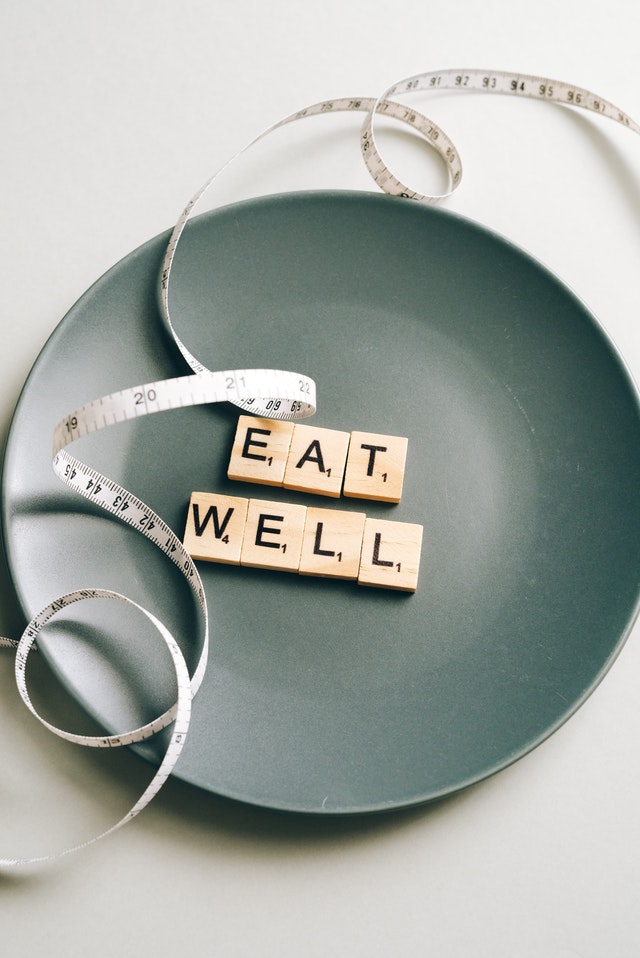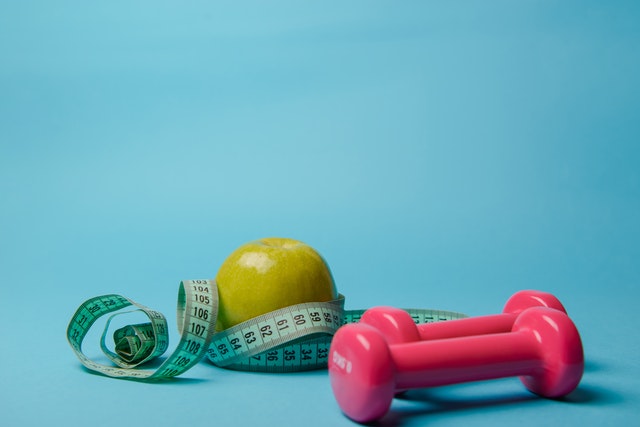Page Contents
Why you should know the amount of calories to have?
Having an idea of the total number of calories that should be consumed daily can help you to achieve a goal that you have set. The calorie calculator is perfect for this. You need to make sure that you hit your set target otherwise you can suffer from a loss of energy, muscle atrophy, reduction in performance, a slower rate of recovery and will increase the risk of injury and illness. If you are very active day to day then you are going to need more to replace the ones lost through exercise and to help you recover. Sticking to your target can benefit you in a wide variety of ways; you will feel far better in yourself if you hit your goal consistently.

Why does the calorie calculator change the number of calories with a different goal?
Different goals will require a different amount of calories. If you are looking to lose weight then you will want to work to a calorie deficit. This means that you are burning more than you are putting in, leading to the loss of weight. If you are looking to build mass or increase your weight you will increase your calorific intake, working to a calorie surplus. This means that your calorific intake is greater than the calories burned during the day. You want to make sure that when you alter your calories that you make sure that you are hitting your daily goals of your macronutrients. These are your carbohydrates, proteins and fats. The calorie calculator takes the guessing out of knowing how many calories to have daily.
Why can my calorific needs be different to a similar person?
There are many different reasons why calories will differ from person to person. Activity level is the main one, the more active you are the greater number of calories you will need to help with the recovery and energy levels. Dependent on your age, weight and body composition the amount of calories you need to maintain your bodily functions such as; heartbeat, body temperature and breathing, will vary. Your daily calorific needs is calculated by finding the value for your BMR and multiplying this by your physical activity level. The above calorie calculator does this for you.

Got any ideas on more calculators you would like to see visit our contact form or drop us an email.
